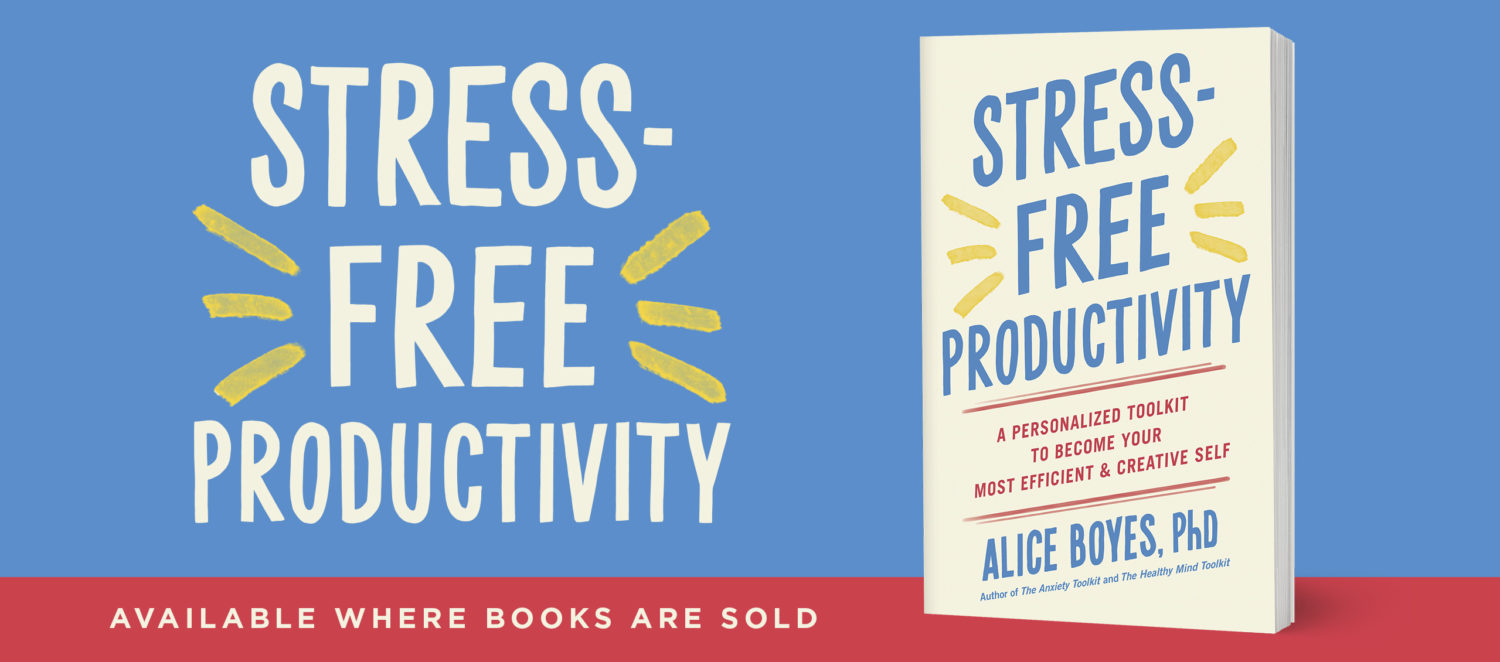Why People Who Suffer From Anxiety Sometimes Don't Like Exercise (and an Awesome Example of How to Achieve an Exercise Goal)
Exercise is extremely helpful for reducing anxiety (its an important component of treatment for anxiety and depression).
People who are anxious sometimes avoid vigorous exercise because the physical sensations of exertion (consciously or unconsciously) remind them of anxiety.
e.g.
– increased heart rate
– awareness of breathing
– feeling hot and sweating
– tight chest
– tired or wobbly legs
How to Start Jogging Even If You Think You’re Incapable of Jogging
One approach I really like for becoming more comfortable with vigorous exercise is a free program for absolute beginner joggers called Couch to 5K. (Obviously you should not do this if you have a physical health problem that makes jogging unwise).
It’s a very controlled, planned, gradual program, which makes it easier to stick to for people who find the physical sensations of exercise uncomfortable or scary.
What is Couch to 5K?
There are two versions of Couch to 5K:
– a “time” version, and
– a “distance” version.
I prefer the time version. The distance version works up to jogging 5km. The time version works up to jogging for 30 minutes, but you’re free to change this to another goal (e.g. jogging for 20 min). Keep reading even if you’re thinking “I can’t do that!”
The Couch to 5K program (either version) takes 9 weeks and involves jogging 3 times per week.
You’ll notice that the design of this program is an excellent example of how to reach a difficult goal.
1) it starts at a level that’s virtually impossible to fail it, provided you jog slowly enough.
For each of 3 jogs in Week 1 you do 8 cycles of: 1 min of slow jogging + 1 1/2 minutes of walking. In other words, in Week 1, in total you do 8 minutes of jogging per jog and you jog three times.
2) especially at the beginning, it progresses in increments that are so tiny you’ll keep succeeding
e.g. Week 2 involves alternating between 90 seconds of jogging and 2 min of walking.
3) Some generous and clever folks have made free audio guides with instructions of when to switch between walking and jogging, and good music to help you relax into a comfortable, not too fast, rhythm.
(If you try Couch to 5K (time version), I highly recommend you use this completely free, no strings, audio guide. (I used this when I started jogging. It’s awesome.)
You’ll need an mp3 player and headphones that fit you well enough they won’t fall out when you’re jogging. You’ll also need to to know how to save the mp3 files to your computer and transfer it to your mp3 player.
The Psychological Genius of Couch to 5K
– Things that seem impossible become possible if you have a good plan e.g. When you’re in Week 2 and running 90 seconds, running 5 minutes in Week 4 might seem impossible but after running 3 mins a few times in Week 3, you start to think you can run 5 mins.
– Sometimes success can’t be achieved by sheer willpower. No matter how hard you try you might not be able to run 30 minutes non-stop straight off the bat. Some challenges need to be approached through a series of gradual steps, and sometimes you need help from someone who has expert knowledge in an area to guide you as to what those steps should be.
Particularly for People With Anxiety
– If you have anxiety but typically avoid vigorous exercise, it’s worth trying the Couch to 5K program. You are likely to find that jogging helps “reset” your nervous system. Because anxiety is an evolved response that’s designed to prepare our bodies for running and fighting, you may find jogging provides a more effective reset than less vigorous forms of exercise (e.g. walking).
– Doing vigorous exercise when you’re feeling calm will help
break any associations you’ve acquired between the physical sensations of anxiety/exertion and feeling tense or out of control.
– If you want more information about why the common physical symptoms of anxiety are all part of your body’s attempt to help you escape from possible danger, try Googling “Fight/Flight response”. For example, sweating is for keeping you cool for faster running and for making you more slippery to grab hold of in a fight
Some advice for using Couch to 5K
– Start at Week 1. Don’t skip ahead or do extra.
– Don’t skip the 5 min warm up walk.
– Do make sure you only jog every second day e.g. Sat, Mon, Wed.
– If you’re concerned about whether you can stick at it jog very slowly, even if you feel a bit embarrassed to be seen shuffling along the road!
– It’s especially important to pace yourself for your first run of each new Week of the program. Your main task is to get through it.
– If you’re lucky enough to have someone willing and able, have a support person go with you. Even the mere presence of another human as support can make it easier to stick at something. Your support person needn’t jog. They might just sit and watch you.
– Roll with the punches. For example,
> if you find one of the weekly step ups too tough, you might need to create an intermediate step for yourself. Or stick at the Week you’re on for a bit longer before moving up.
You may find some of the weekly step-ups easier than you predicted.
> If you find yourself getting stitch or some other problem, you might need to do some Googling or consult a medical doctor to figure out a way of alleviating it that works for you.



